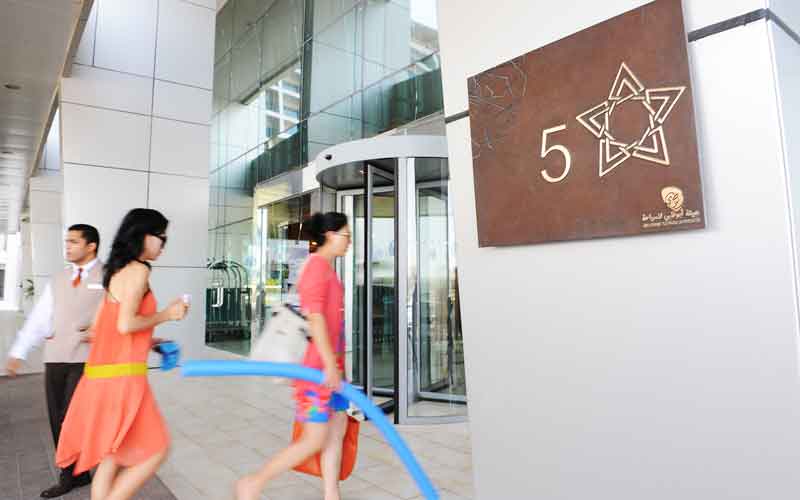An Abu Dhabi market report released by real estate investment and advisory firm Jones Lang LeSalle’s has revealed that hotel occupancy levels in the UAE capital reached 67% in Q4 of 2013, its highest level since 2008.
With Abu Dhabi exceeding its target of 2.5 million guests in 2013, the report also showed that hotel RevPAR was up 7% compared to the same period in 2012.
However, heavy competition in the city caused rate reductions among hotels to attract guests, leading to a 2% decline in ADR compared to the same period in 2012. Despite the decrease in ADR among hotels, the increase in occupancy helped drive RevPAR up.
In addition to attracting more guests, the average length of stay in Abu Dhabi also increased, reaching 3.14 nights year-to-date November 2013.
While ADRs were under pressure, 2014 is expected to show an increase in the average rate, resulting from an increase in demand while the level of new supply moderates.

| Advertisement |
At least two new properties – a 300-room Premier Inn Abu Dhabi International Airport and a 72-key TI’ME Pearl Residence– opened in Q4 of 2013. The new openings increased Abu Dhabi’s hotel supply to almost 18,500 rooms, with almost 2000 rooms added in 2013.
While no new projects were announced during Q4, many of the 5700 additional rooms scheduled for completion by the end of 2015 may be delayed or cancelled following ADTCA’s efforts to control supply by limiting new licenses.
Commenting on the report, Jones Lang LaSalle regional director and head of Abu Dhabi office David Dudley said: “The short to medium term market outlook remains positive, driven primarily by major government-backed construction and infrastructure projects such as the airport expansion, transport improvements and leisure attractions.”
“However, a long term sustainable market recovery remains dependent on further government initiatives to diversify the economy and generate new long-term sustainable employment growth. A sustainable recovery is also dependent on the government continuing to implement further supply controls to ensure a balanced real estate market going forward,” he added.









 Search our database of more than 2,700 industry companies
Search our database of more than 2,700 industry companies









